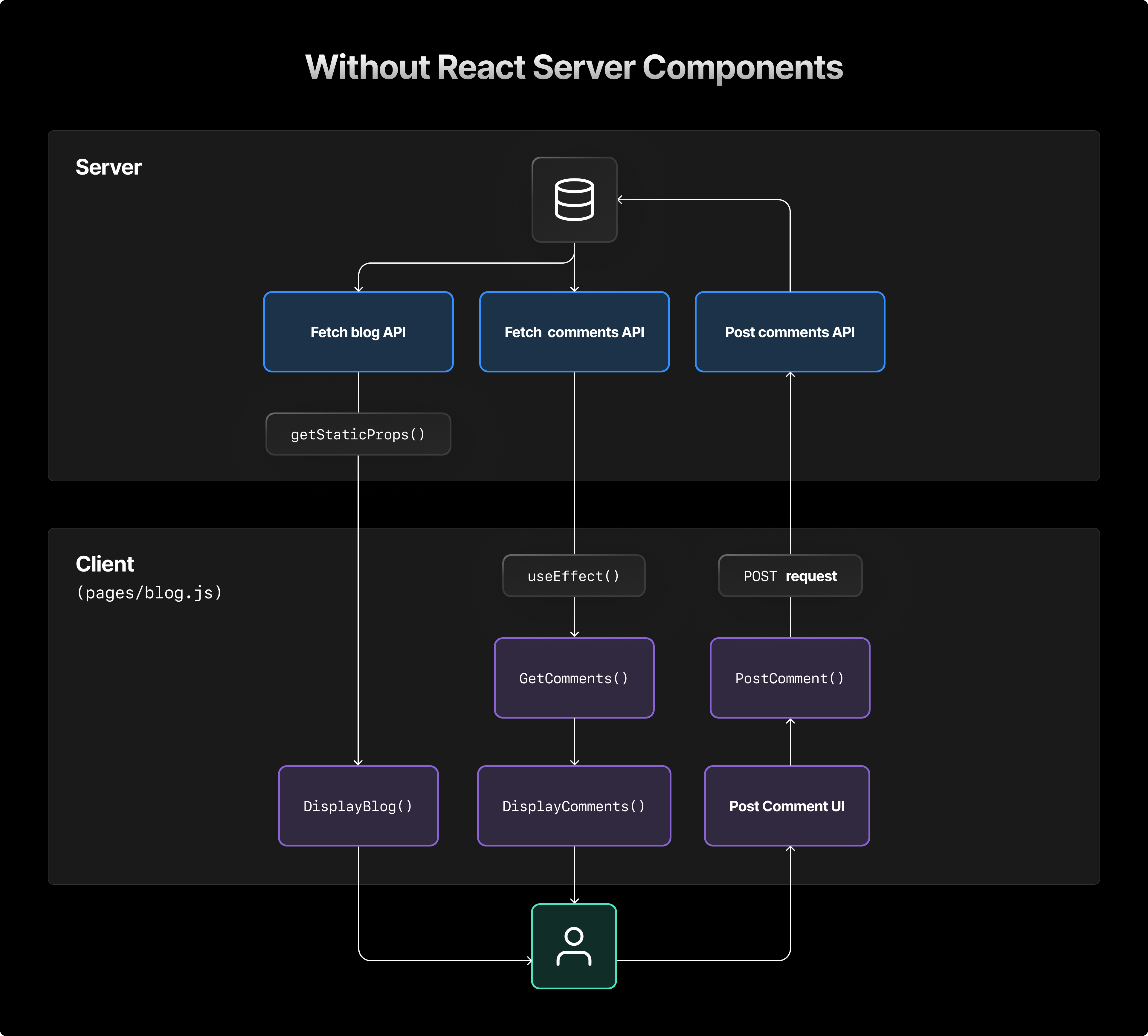Revolutionizing Frontend Development with React Server Components and Suspense
React 18 introduced Server Components and enhanced Suspense, fundamentally changing how we build user interfaces. These features unlock significant performance gains and simplify complex data fetching, leading to a more efficient and enjoyable development experience. This blog post will delve into these powerful tools, exploring their concepts, providing a practical code example, and offering valuable tips for effective implementation.
Understanding React Server Components and Suspense
**Server Components:** These components execute on the server, rendering HTML directly. This offloads computationally expensive tasks and data fetching from the client, resulting in faster initial load times and reduced client-side JavaScript bundle size. They're ideal for data fetching, complex calculations, and anything that doesn't require direct DOM manipulation. They communicate with client components through a streamlined API, passing data efficiently. **Suspense:** This feature allows you to gracefully handle asynchronous operations, such as data fetching within Server Components. It provides a placeholder while data is loading, preventing UI flickering and improving the user experience. With Suspense, you can create a smooth, progressive loading experience, showing parts of the UI that are ready while other parts are still fetching data.

Code Example: Fetching Data with Server and Client Components
This example demonstrates fetching user data using a Server Component and displaying it in a Client Component using Suspense: **Server Component (User.server.js):**

Tips for Effective Implementation
1. **Strategic Component Placement:** Carefully decide which components should be server-side and which should be client-side. Prioritize placing data-fetching and computationally intensive logic in Server Components. 2. **Data Transfer Optimization:** Minimize the amount of data passed between Server and Client Components for optimal performance. Only transfer necessary data. 3. **Error Handling:** Implement robust error handling within your Server Components to gracefully handle network issues or data processing errors. Use Suspense to display appropriate fallback UI. 4. **Incremental Adoption:** Start by migrating parts of your application to Server Components, rather than attempting a complete overhaul. Focus on the most performance-critical areas first.

Conclusion
React Server Components and Suspense represent a significant advancement in frontend development, enabling the creation of faster, more efficient, and user-friendly applications. By understanding their capabilities and following best practices, developers can harness their power to build truly exceptional user experiences. Embrace these features to elevate your React development workflow!
Comments
Post a Comment